According to the Directorate of Fisheries ( Ministry of Agriculture and Rural Development ), in 2022, the total output of aquatic products will reach 3.86 million tons (down 1.8% compared to 2021), of which marine exploitation will reach 3.66 million tons and inland exploitation will reach 198 thousand tons.
Regarding fishing vessels, by the end of 2022, the number of fishing vessels nationwide was 86,820. Of which, fishing vessels with a length of 6 - under 12m were 38,500 (accounting for 44.34%); fishing vessels with a length of 12 - 15m were 18,299 (accounting for 21.08%); fishing vessels with a length of 15 - under 24m were 27,503 (accounting for 31.68%); fishing vessels with a length of 24m or more were 2,588 (accounting for 2.9%).
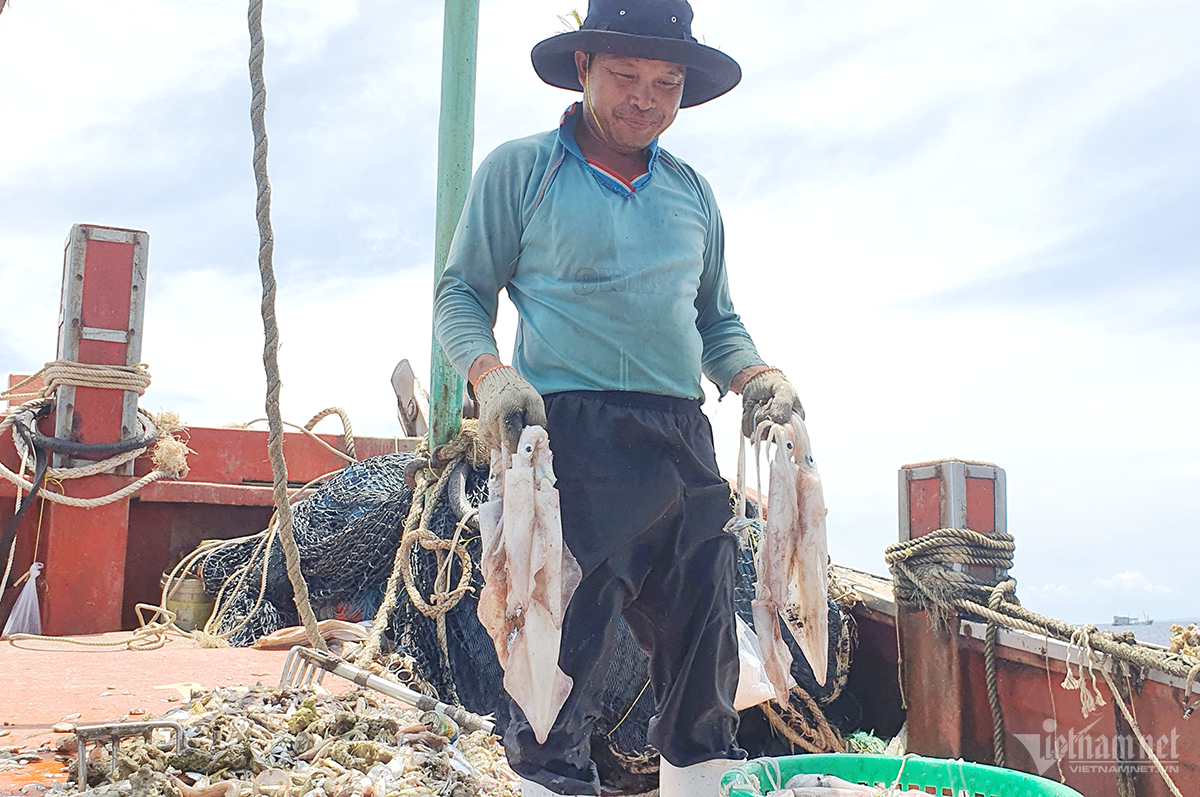
According to the Directorate of Fisheries, there are currently more than 4,227 offshore production teams operating nationwide with the participation of 29,588 fishing vessels and 179,601 workers in the sea areas.
These models usually consist of 5-10 vessels working in the same profession, exploiting the same fishing ground with close relationships such as the same family, brothers or village... linking together to support each other in natural disasters, risks at sea, supporting fishing ground information, transporting exploited products to shore or transporting fuel for vessels still exploiting at sea...
Traditionally, fishermen often inform each other about fishing grounds to improve fishing efficiency and reduce costs.
However, in recent years, due to declining fishery resources, natural disasters, and increased costs of going to sea, traditional experiences of fishermen are no longer as effective as before.
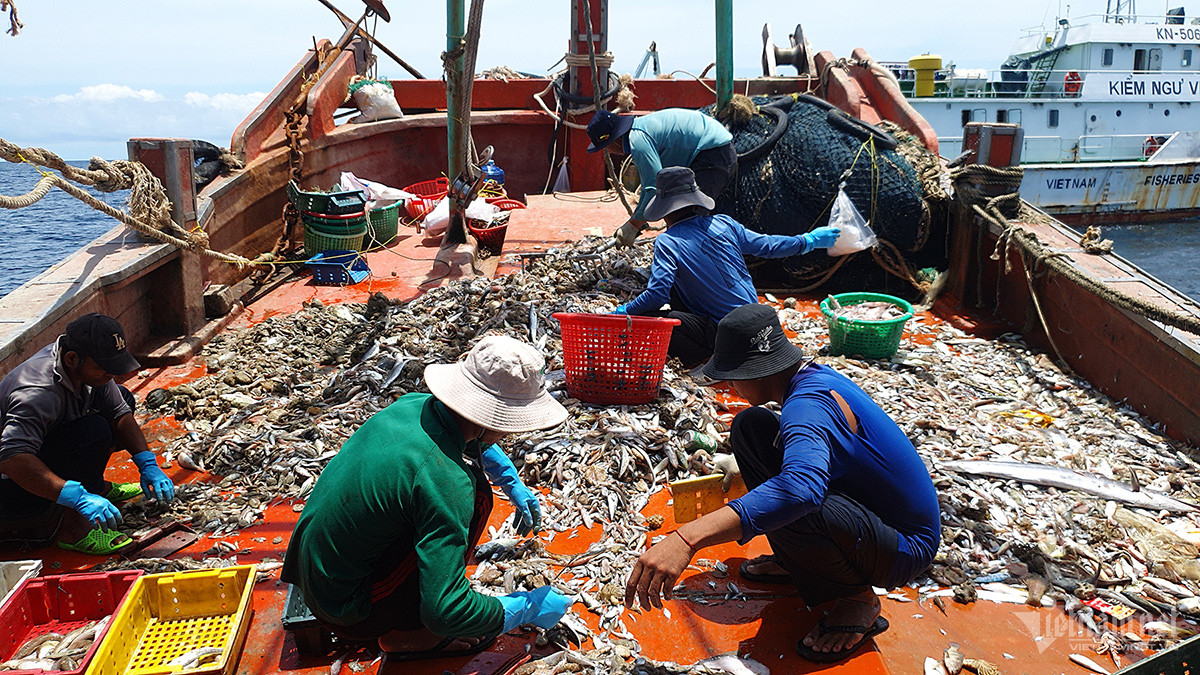
In addition, there are difficulties when the weather is complicated due to climate change; the markets are increasingly demanding on food safety and traceability; the EC's yellow card has not been removed; the labor force in exploitation is lacking in quantity and does not meet quality requirements, etc.
Therefore, to exploit seafood effectively, building plans, applying technology to production, especially issuing forecasts and updates on areas with the potential for fish concentration (fishing ground forecast) is extremely important for fishermen.
Improve the accuracy and frequency of fishing ground forecasting
Recently, innovation activities in the fisheries industry have received attention from many provinces and cities across the country, with resources prioritized for implementation.
Innovation and application of modern advanced technologies in exploitation, including improving the accuracy of fishing ground forecasting, not only help exploit marine resources effectively, but also protect marine resources for the future.
When fishermen have access to information about fishing grounds, they have somewhat more advantages in catching aquatic products, contributing to reducing input costs and improving exploitation efficiency in sea areas.
Forecasting fishing grounds for exploiting marine resources has been carried out by the Institute of Marine Research since 1996, in which the application of technology to this work is focused on, so forecasting models are increasingly improved and have high accuracy.
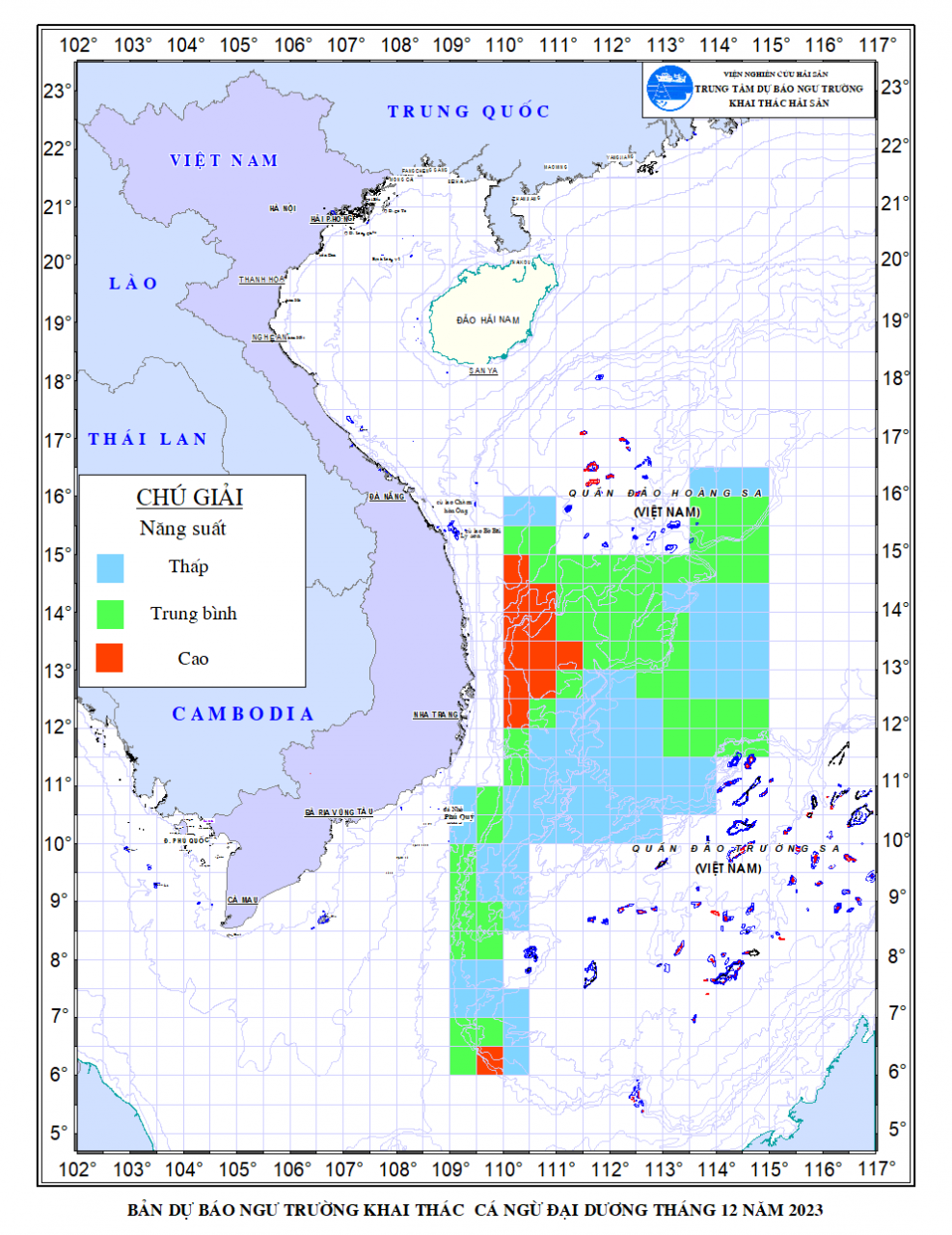
The Directorate of Fisheries said it will focus on strengthening the investigation of fluctuations in marine resources in sea areas, especially coastal areas, to serve the determination of fishing license quotas of localities.
Along with this work, the accuracy of fishing ground forecast bulletins will be improved, while the method of issuing and providing fishing ground forecast bulletins for seafood exploitation will be innovated so that fishermen can access, know and use them in production.
At the same time, do a good job of publishing forecast bulletins on seasonal and monthly fishing grounds for tuna, trawl, purse seine, and squid fishing on mass media.
According to the Institute of Marine Research, in order to bring high efficiency in seafood exploitation, in addition to investing in modern technical equipment, appropriate labor force and management capacity, the contribution of fisheries science is also needed, in which forecasting fishing grounds is an urgent requirement.
Fishing ground forecasting needs to be done regularly and continuously to meet information requirements from production practices.
In addition, monitoring and grasping the situation, weather developments and information on aquatic resources in order to promptly direct and mobilize boats to produce suitable occupations for effective exploitation; training, propagating and disseminating to officials and fishermen about regulations on ensuring safety for people and fishing vessels operating at sea; instructing on the use of communication equipment on fishing vessels, etc. also contributes to ensuring practicality and efficiency, serving the exploitation of seafood by fishermen.
Source












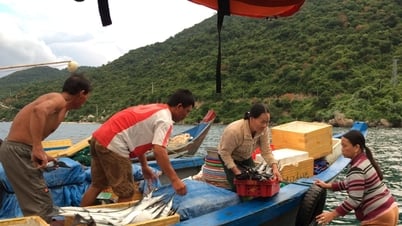
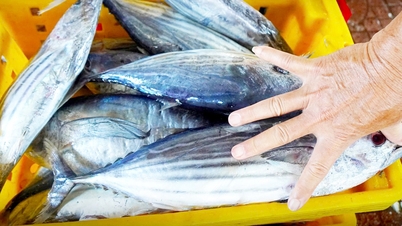
















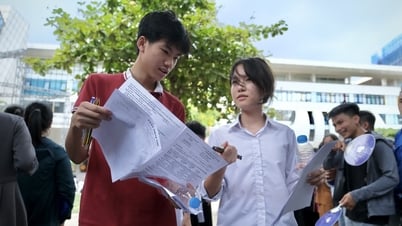




























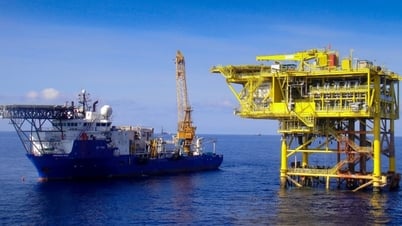















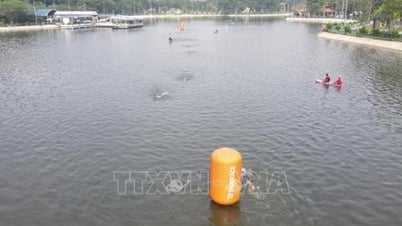





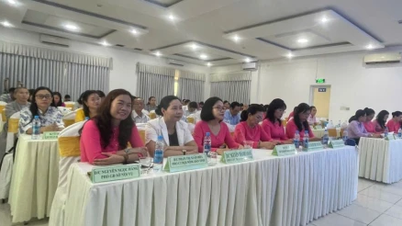















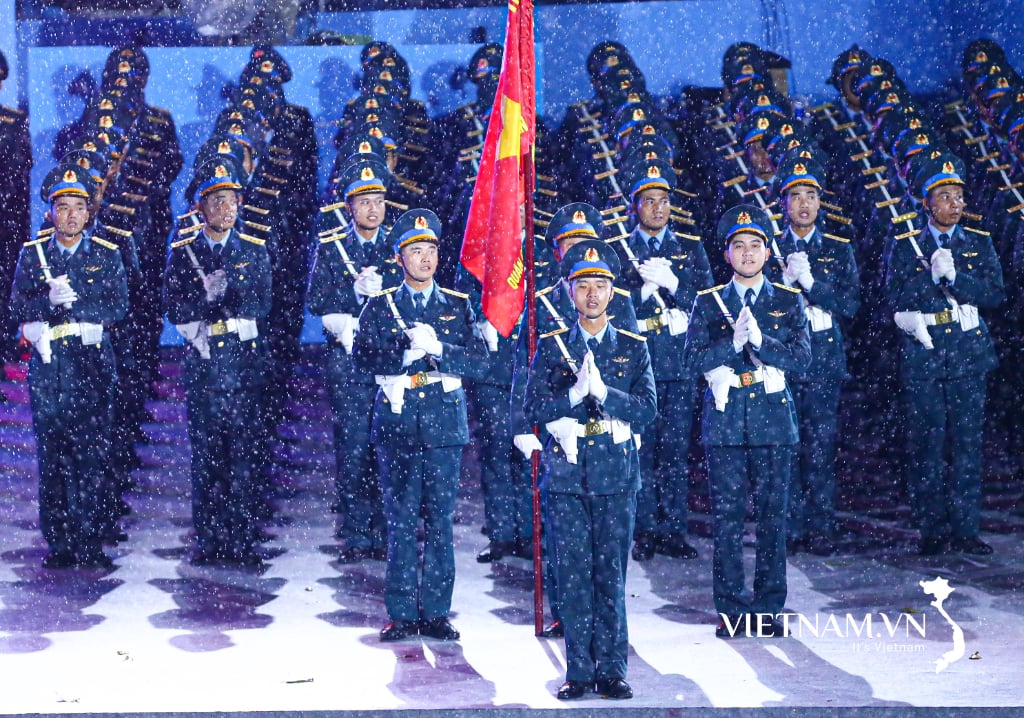



Comment (0)